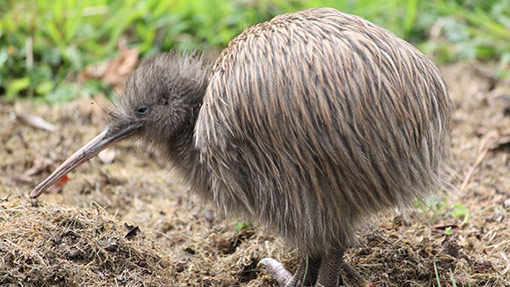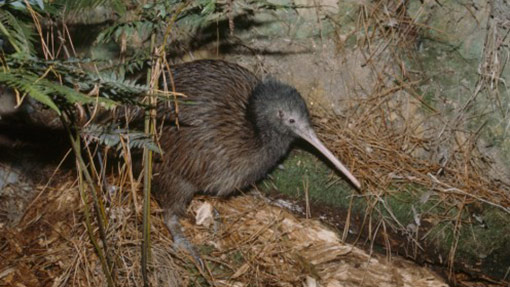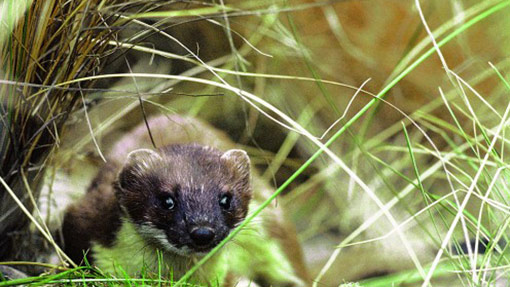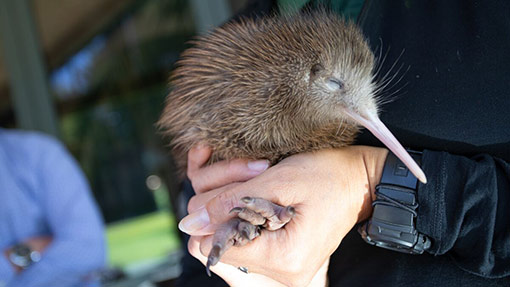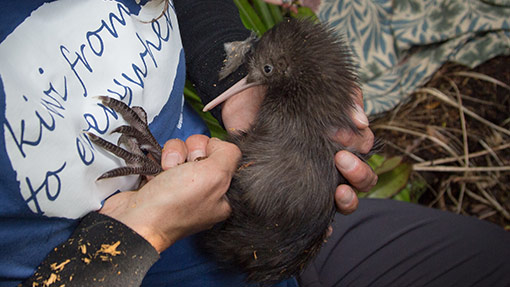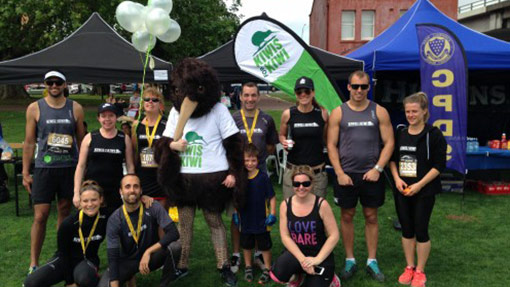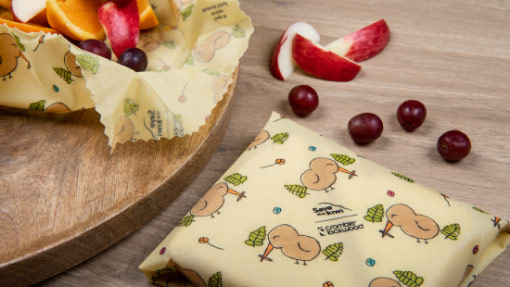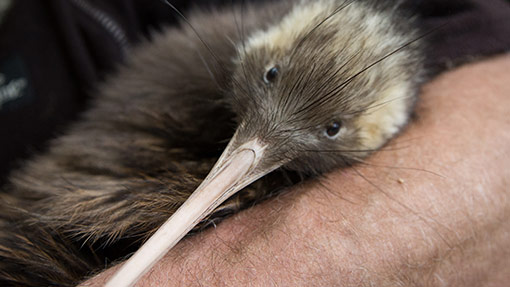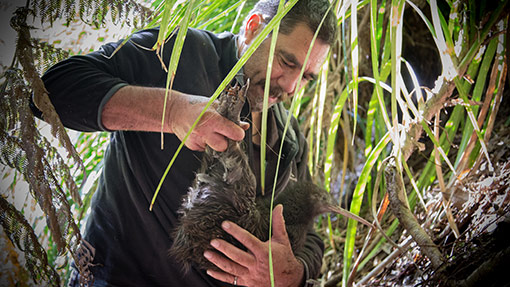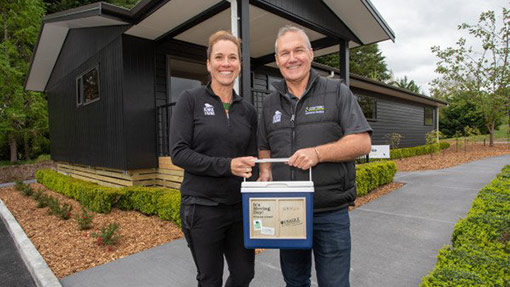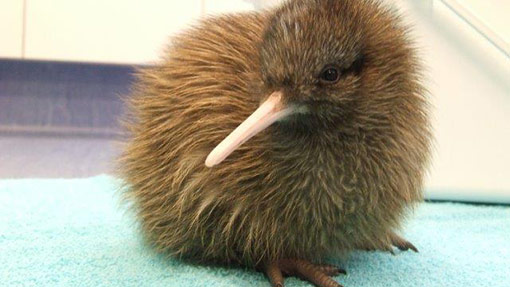Justin Anderson and his logging crew, JPA Logging, have recently completed one of the more interesting jobs of their careers so far.
Contracting to John Turkington, JPA Logging has just finished harvesting a 50-hectare block of pinus radiata on Haupouri Station, part of the Cape Sanctuary, which is the home to a large population of Eastern brown kiwi.
Most people would think that a logging crew harvesting in an area populated with kiwi is a disaster in the making, with the kiwi likely to suffer during the harvest process. But JPA Logging have dispelled that misconception by going above and beyond in their efforts to mitigate any harm to kiwi.
Logging crews live and die on being productive. They have to produce a set tonnage of logs everyday to stay afloat. This is referred to as their target. To be able to ‘hit target’ everyday involves utilising every minute of the day to cut down trees, extract the trees, process them into logs, and load those logs onto trucks. It doesn’t matter how steep the terrain is, how atrocious the weather is, how short staffed they might be, or even if machinery breaks down, they still need to ‘hit target’. Throw an endangered species into the mix as well and ‘hitting target’ could become very complicated – unless you’re Justin Anderson and JPA Logging.
At the beginning of the Haupouri Station job, Save the Kiwi Eastern regional manager Tamsin Ward-Smith monitored and assessed where kiwi were in relation to the logging operations. This involved placing transmitters on as many kiwi as possible before harvesting commenced so that telemetry equipment could be used to ensure there were no kiwi in harm’s way when harvesting operations began. This was carried out on a daily pre-start basis.
To save Tamsin the 90-minute round trip at 5am every morning, Justin Anderson learnt to use the telemetry equipment so he could ‘beep’ the birds before his crew started work and if any birds were present Tamsin was called in to do any kiwi handling required. Only qualified kiwi handlers are allowed to handle kiwi.
In 2005 the Hansen family and staff, together with the Lowe and Robertson families, the other two landowners of Cape Sanctuary, spent eight months building a predator-proof perimeter fence which runs from Ocean Beach to Clifton and forms the 2,500-hectare area of land Cape Sanctuary operates. This saw just over 800 hectares of Haupouri land being fenced off as part of a predator-free, mixed land use format.
Jono Berry’s family farm Haupouri station and was very happy with the way the JPA crew harvested the high density kiwi habitat.
“Haupouri Station has been in the family since 1860, and we are proudly the 8th generation to farm the land,” Jono says. “Our land makes up 10% of the Sanctuary but we’re proud of the small contribution we continue to make with this rugged area of the farm. Our gullies are full of native regenerating shrub which appears to be a thriving habitat for the kiwi.
“We believe we are the second farm to harvest pine trees amongst a high-density kiwi population, with our neighbours Cape Kidnappers being the first. We leaned on their experiences and worked with them and Tamsin from Save the Kiwi throughout the planning phase of our harvest, which helped us create our policies and procedures for our block.”
After a bit of back and forth, Jono says the methodology ended up being reasonably straightforward.
“We engaged Tamsin and her kiwi dog to search and clear each area prior to any tree felling. A map was distributed and if kiwi were present, they would either be temporarily relocated or continuously monitored throughout the harvest. We used GPS for the maps and telemetry for the daily beeping of the tagged kiwis.
“Regular communication between Tamsin, JPA, JTL and Haupouri meant that we completed our harvest whilst achieving our goal of being incident-free with the kiwi. It certainly presented some challenges for the logging crew and our staff but our harvest wouldn’t have been as successful without the hands on co-operation and willingness from Justin and his crew and John Turkington Forestry.”
All in all, a great job done by everyone involved to successfully harvest a pine block that is also a high density kiwi habitat. It just goes to prove that with a bit of planning, cooperation and the right people with the right skills on the job, logging kiwi habitat can be done productively and safely.
